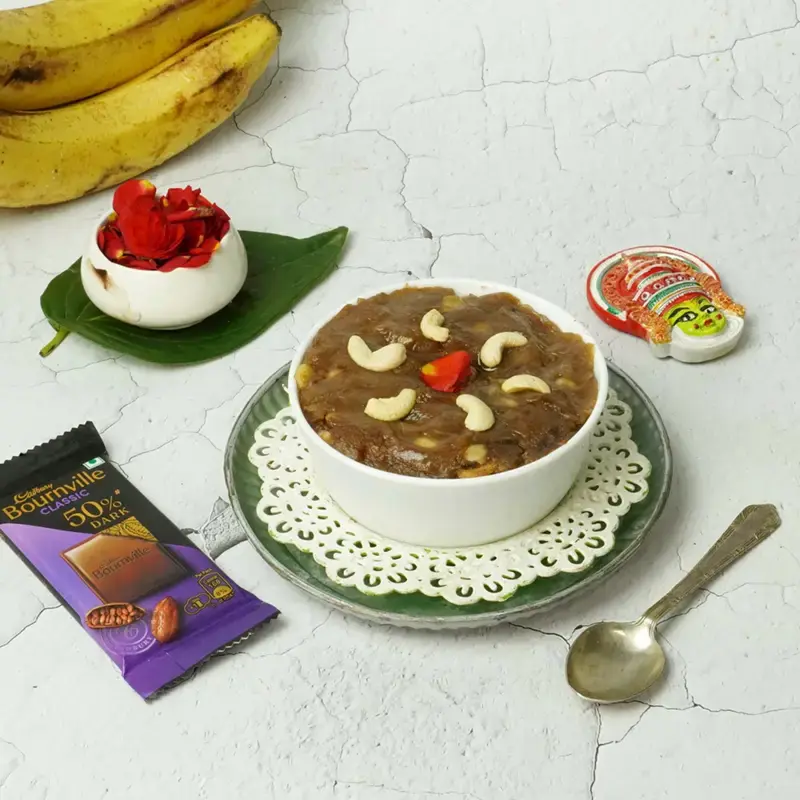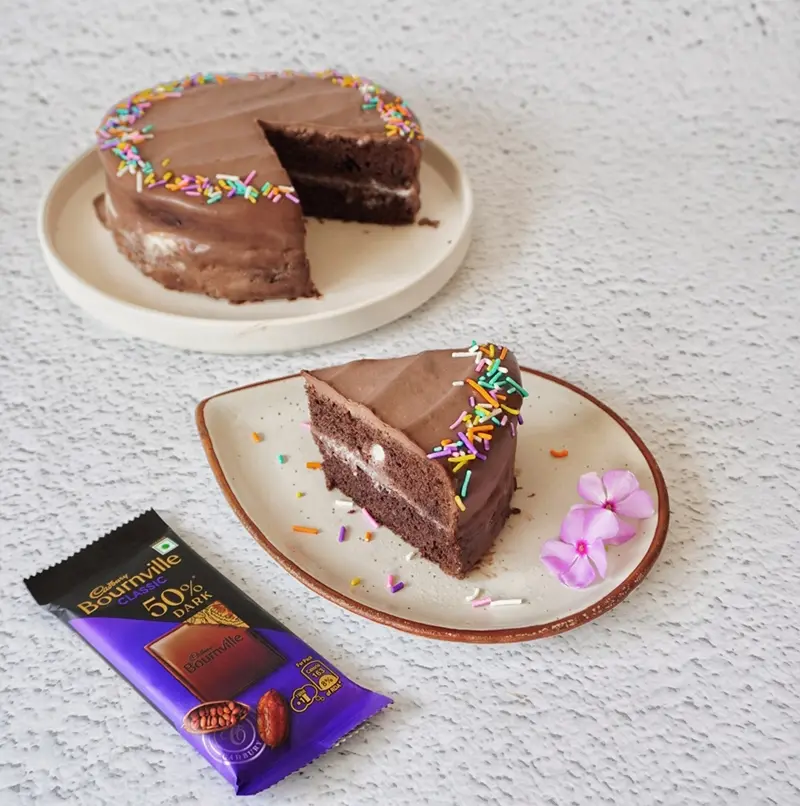Some, not all, cookies from the German pantry use chocolate in them and are perfect for festive occasions, and make for an instant dessert recipe

Did You Know Some German Cookies are Also Chocolate Desserts? Find Out MoreIt’s time for Germany’s cookies to shine for they have many cookies under their thumb that continue to enjoy popularity throughout the country and are mostly associated with Christmas and winter festivities. All of these cookies make for the most delicious dessert recipes to come out of the country, especially when some of them also make for instant dessert recipes. As they are associated with Christmas, spices are a common ingredient, but back when they were invented, they were especially dear, especially cinnamon. Forget the chocolate chip cookies and follow the trail of the German cookies instead, which also use some chocolate in some recipes. Grab your mittens and try them as we take you through their stories and background.
1. Springerle
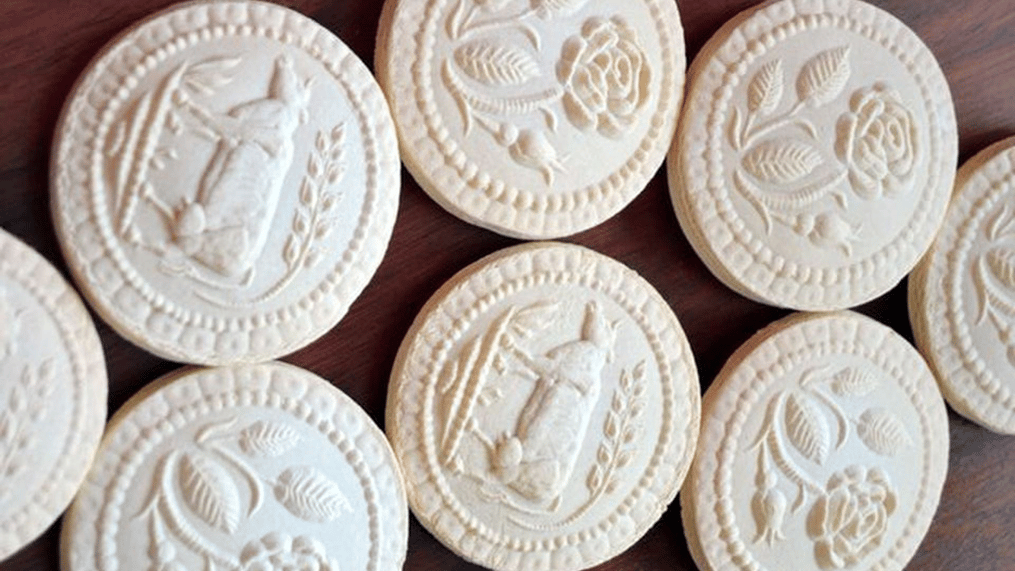
Springerle, also known as “Little Knight”, or “Little Jumper”, are anise-flavored biscuits made with flour, eggs, confectioners' sugar, and hartshorn salt but these days the salt is often substituted with baking powder. The biscuits' defining feature lies in their intricate surface designs, achieved by using specialised molds, presses, boards, or carved rolling pins. They sprung from 14th-century southwestern Germany, and an interesting fact about them is that the most ancient Springerle mold discovered is from Switzerland, from the 1300s.
2. Bethmännchen
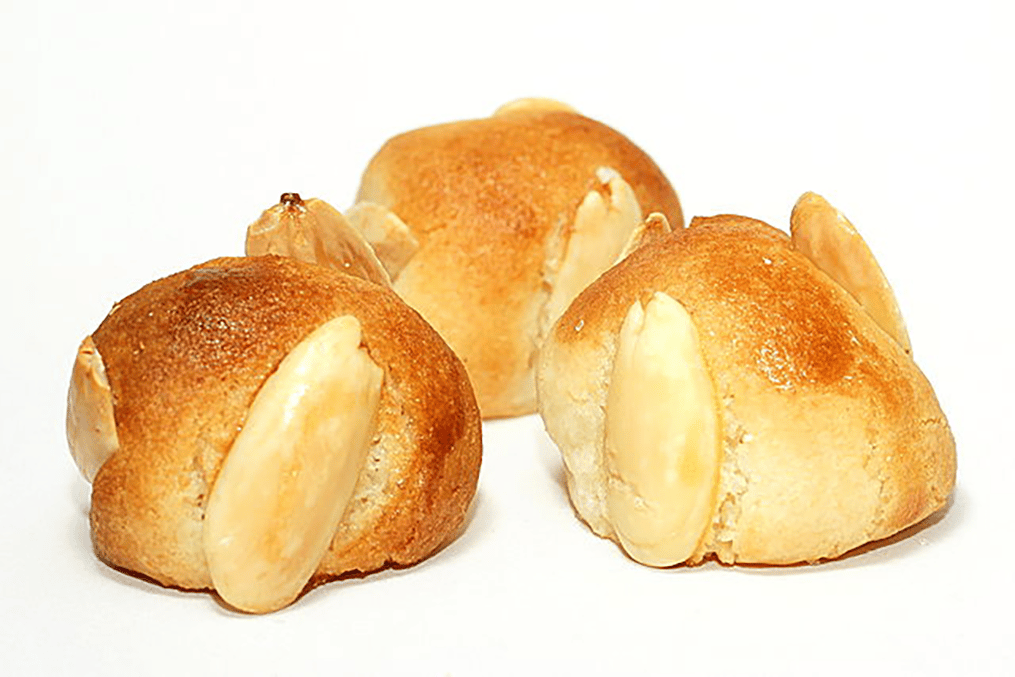
Bethmännchen cookies are linked to Frankfurt and consist of rose water-infused marzipan dough, fashioned into small rounds and adorned with a crown of three almond halves, then glazed and baked. The cookies were invented by the personal confectioner of the once-prominent German Bethmann clan in 1838, who took cues from the existing Frankfurter Brenten cookies. Initially, four almonds were used instead of the current three, on each cookie, representing the 4 Bethmann sons. No one’s sure, but it’s a common belief that following the demise of one son, the almond count was reduced to three.
3. Lebkuchen
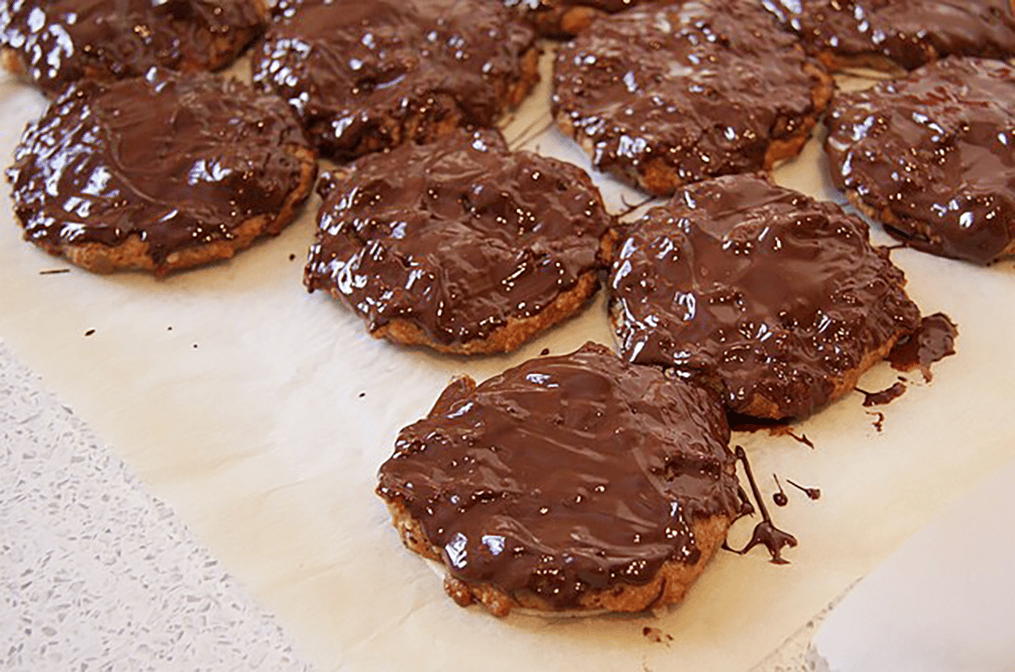
Lebkuchen is an umbrella term for any honey or ginger-infused cookies, firmly entrenched in German Christmas and holiday traditions. These cookies are typically baked atop thin wafers known as Oblaten, then coated with dark chocolate or icing sugar. Since it's a Christmas cookie, it has spices – cloves, aniseed, nutmeg, coriander, and cardamom, along with various nuts or candied fruits. In 1996, Nürnberger Lebkuchen achieved protected status and their origin dates back to 1296 in Ulm and 1395 in Nürnberg. These cookies come in different shapes and sizes, but the Nürnberger Elisenlebkuchen, from its region of origin, is the most popular variety. The others that enjoy popularity are the German gingerbread man called Honigkuchenpferdhe (honey cake horse), the heart-shaped Lebkuchenherzen, often decorated with icing and inscriptions, and the Hexenhausel (witch’s house), while the most famous is the Nurnberger Elisenlebkuchen.
4. Engelsaugen
These are classic Christmas cookies that definitely look that part, for they are thumbprint cookies with red currant jam filled into their little grooves that translate to “angel eyes”. They originated in the 1800s, where exactly or who made them is unknown and the base is typically made with shortcrust. In some regions of Germany, these biscuits go by different names – they're sometimes called “Husarenkrapfen”, which translates to “hussars' doughnuts”, or “Kulleraugen”, meaning “saucer eyes”.
5. Zimtsterne
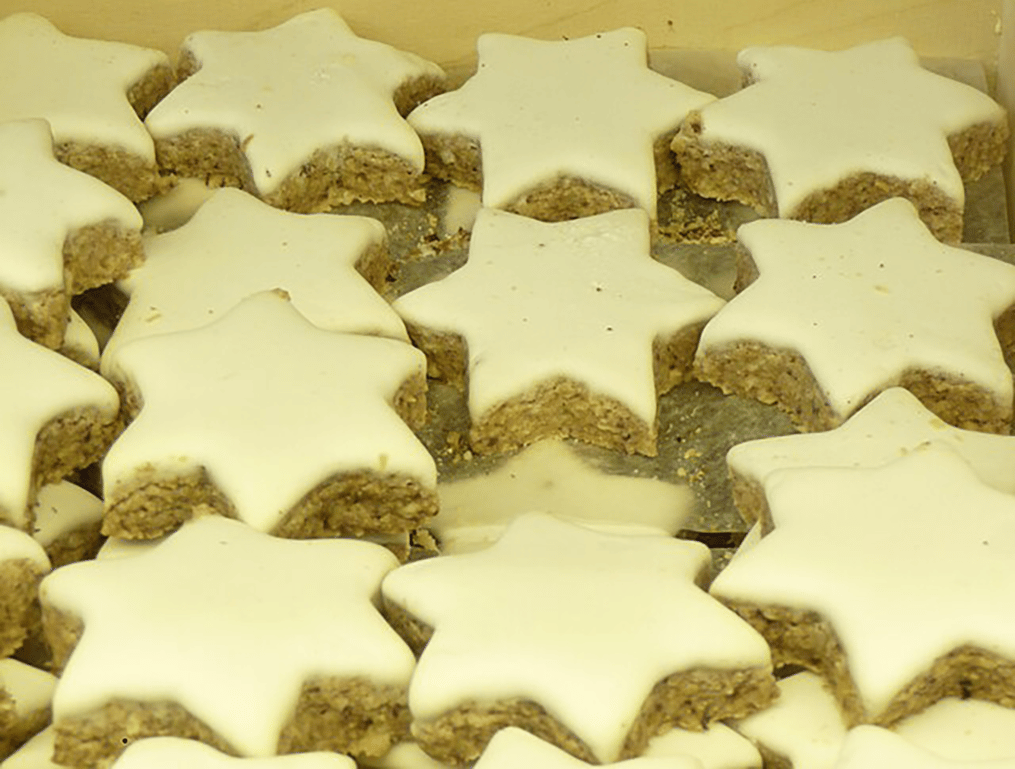
Translating to “cinnamon stars”, these cookies are crisp and star-shaped, made using cookie cutters. It is enjoyed in both Germany and Austria and they are made with egg whites, sugar, cinnamon, vanilla sugar and ground nuts— almonds or hazelnuts. The cookies are baked and decorated with icing sugar and their nickname is a not-so-subtle reference to the generous use of cinnamon. There’s spice so you might have guessed it by now, they are enjoyed during Christian Advent and Christmas celebrations. The earliest written record of this cookie dates back to 1538, when cinnamon was a costly ingredient and it took around two centuries for these cookies to secure their place as a staple in German cookbooks.
6. Hausfreunde
Hausfreunde is made with several layers of shortcrust pastry spread with apricot jam and almond paste. The assembled layers are then dipped in dark chocolate and decorated with caramelised walnuts. The dough typically includes flour, sugar, butter, eggs, salt, vanilla, almond paste, dark chocolate, apricot jam, and walnut halves. The name 'Hausfreunde' translates to 'friend of the house', likely owing to their ease of preparation and long shelf life, making them an ideal treat to serve to unexpected guests during the festive period.
Like This Article?
More Like This




Popular Articles





Trending Web Stories
Curated Recipes
